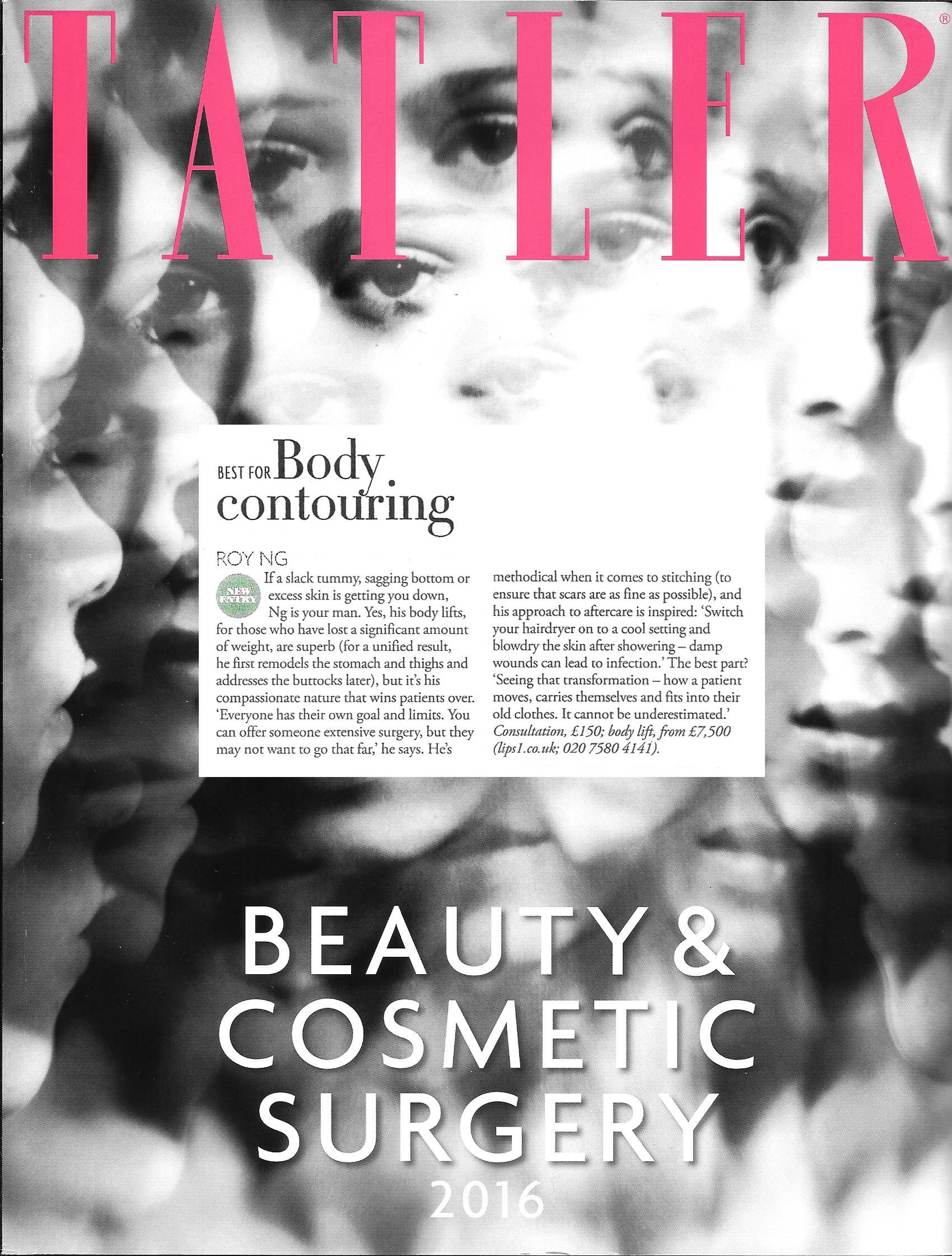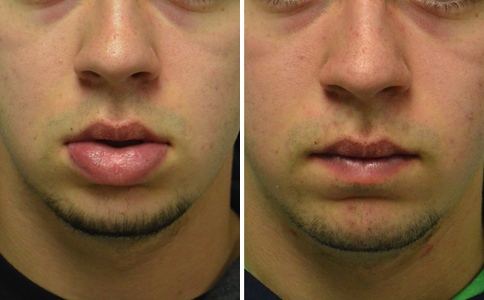
If you're considering a brow lift, but are concerned about the cost, consider getting a nonsurgical procedure instead. These procedures, also called brow lifts, take only an hour to complete. In addition to the cost, the recovery period and potential complications of a brow lift surgery are also important information to consider. And if you're willing to travel abroad for the surgery, you may want to find a clinic that is accredited by the Joint Commission International (JCI).
Cost of nonsurgical brow lift
Nonsurgical brow lifts are much more affordable than surgery. However, there are a few things you need to remember when comparing these two options. The services of a well-respected surgeon will be more expensive. However, the results of a cheaper procedure might not prove to be as satisfying as one might think. This could result in unattractive results and more surgeries, as well as higher costs. It is more risky to opt for a cheaper procedure, because it could lead to a revision, which could increase the cost.
There are two methods to estimate the cost of nonsurgical browlifts. This procedure is more expensive if you do not plan to wear makeup. The cost of pre- and post-operative care, as well as the cost of the procedure itself, is included. This includes all medicines and supplies you'll need during the procedure as well as missed work and recovery. It is possible that insurance might not cover hybrid procedures.

Recovery time after brow lifting
The procedure you choose will affect the recovery period. For the first two weeks, avoid strenuous activities. Within this time, you may feel well enough to go for short walks and handle light housework. For at least two weeks, you should not smoke or drink alcohol. After two to 3 weeks, any swelling or bruising from the surgery should disappear. Warm compresses can be used to reduce swelling andbruising.
The recovery time for a eyebrow lift is variable. It is important to know that the procedure can result in a raised hairline and hair fall near the site of the incision. Your surgeon can address this issue with hair grafting or scar excision. There are also risks associated with brow lifting, such as bleeding, infection and adverse anesthesia reactions. Before you undergo the procedure your physician should have access to all of your medical information. Your doctor will be able to prescribe painkillers and anti-inflammatories. After the procedure, a drain tube might be installed.
The complications of brow lifting surgery
The time taken to recover from browlift surgery will depend on the type of procedure and whether any additional procedures were performed. Patients may experience some bruises and bruising. This will likely disappear within two to 3 weeks. You can shower on the day of surgery. A hair conditioner can be applied to the area to minimize the risk of having matted hair. Light activity may be permitted, and patients can start light exercises within two to three week. A fourth week can allow for more intense activity.
The procedure for a brow lift is done under general anesthesia. The surgeon will make incisions where necessary along the brow line, brow bone, and raise the skin and deep layers to the forehead. After a browlift, there is usually a scar. However, it should disappear once the hair is fully recovered. The scar is the most common concern after a browlift.

To have browlift surgery performed abroad
If you're looking for a top-quality surgeon to do a browlift, it is worth traveling abroad. The procedure is extremely safe with a success ratio of 92%. There is a small risk of complications but patients looking to enhance their brows and face with cosmetic surgery abroad are safe. Here are some benefits of traveling abroad to have brow lift surgery.
The most common side effects of brow lift surgery are bruising, swelling, and scarring. There are also risks of infection, nerve injury, and facial asymmetry that may require revision surgery. Talk to your surgeon or doctor if there are any concerns or questions. Most patients will experience bruising and swelling for up to two weeks following surgery. Some patients may also experience increased hair loss at the incision sites, and some may experience loss of sensation in the area of the surgery.